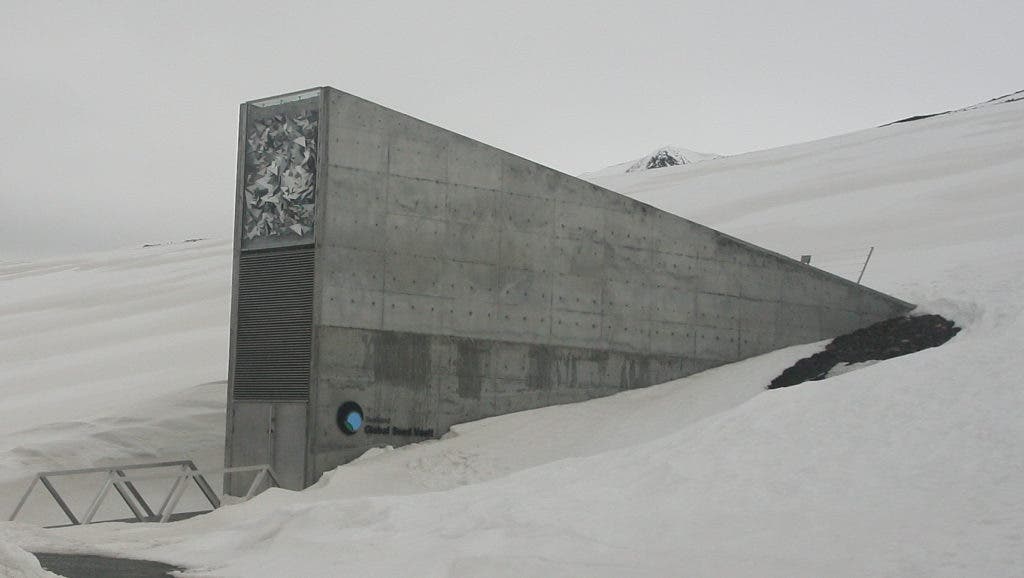Norway will be spending 100 million crowns ($13 million) to upgrade its so-called “Doomsday” Seed Vault. The facility built in the Arctic 10 years ago already hosts more than 850,000 seed samples donated by nations from all over the planet, safekeeping them in the event of a catastrophic event.

Have you ever wondered what would happen if a planetary catastrophe hits the Earth? Well, Norway has. In the Arctic, on a remote island, the Svalbard Global Seed Vault (SGSV) has been safekeeping seeds from all around the world to ensure food security… just in case. The seed vault was built to ensure against the loss of seeds during large-scale regional or global crises. Storing seeds in the vault is free to users, with Norway’s government and other donors (such as the Bill and Melinda Gates Foundation) covering the costs.
Seeds are kept at -18 °C (-3 °F), and should be protected against a number of potential disasters, ranging from global warming to nuclear war.
Now, the vault will be getting a new, much-needed upgrade.
“[The revamp will cover] construction of a new, concrete-built access tunnel, as well as a service building to house emergency power and refrigerating units and other electrical equipment that emits heat through the tunnel,” the Agriculture Ministry said in a statement.
Norwegian agriculture and food minister Jon Georg Dale said that the vault will continue to be a reliable seed bank for the entire planet.
“[It] will ensure that the Svalbard Global Seed Vault can continue to offer the world’s gene banks a secure storage space in the future,” Dale explained in the government statement. “It is a great and important task to safeguard all the genetic material that is crucial to global food security.”
Ironically, it was global warming itself that threatened the vault. In 2016, an unexpected permafrost thaw caused water to flood a portion of the structure. No fundamental damage was reported, but it was a worrying event, which led to this improvement being planned.
Although there hasn’t been a cataclysmic event, the seed vault has already proven its utility. In 2015, some 116,000 seed samples in the SGSV were transferred to a seed bank in Aleppo that had been damaged by the recent Syrian Civil War. The seeds were used, grown, and then new samples were sent back for storage at the SGSV.
“This demonstrates that the seed vault is a worldwide insurance for food supply for future generations,” Agriculture Minister Jon Georg Dale said in a statement.
Although we all hope the seed vault will never be needed, it’s an important reminder that sometimes, disasters do happen — and if they do, it’s better to be prepared. Just in case.


